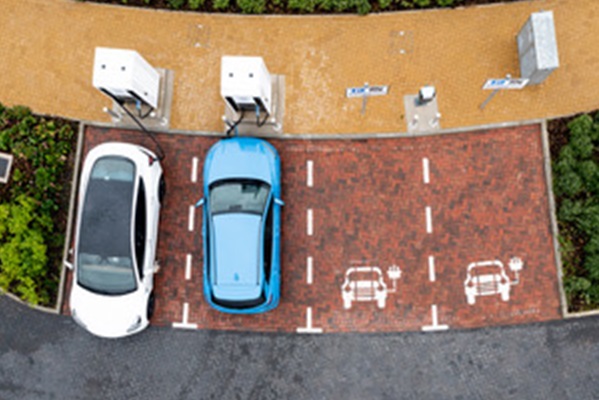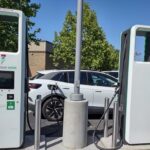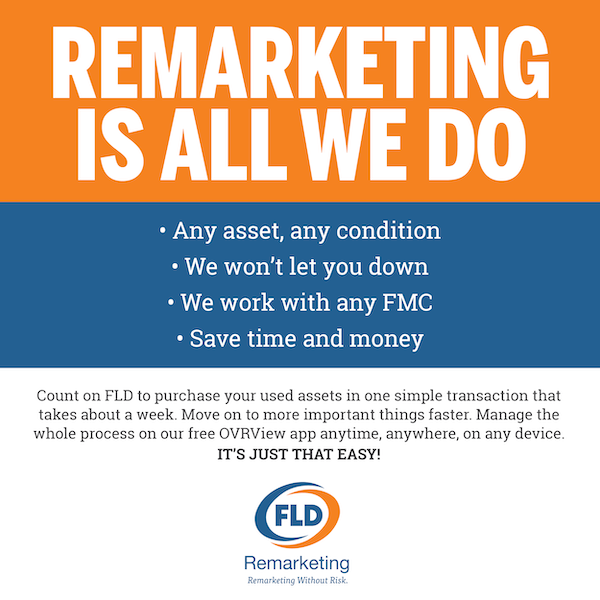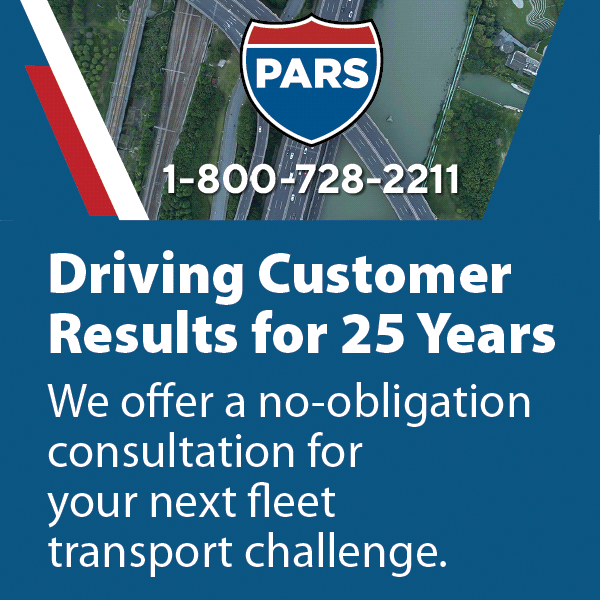
By Ed Pierce, Fleet Management Weekly’s Brand Acceleration
March 20, 2024
As more interest in adding EVs to fleets surges, fleet professionals are running into roadblocks on electrification. There are obstacles that have prevented some fleets from taking the plunge to electrify.
 The transition to electric vehicles can be intimidating and complex for fleets who have invested time and money into optimizing an ICE fleet, notes Josh Green, founder and CEO of Inspiration Mobility. Inspiration brings EV leasing, EV-first fleet management, and charging under one roof to accelerate and de-risk the transition to EVs.
The transition to electric vehicles can be intimidating and complex for fleets who have invested time and money into optimizing an ICE fleet, notes Josh Green, founder and CEO of Inspiration Mobility. Inspiration brings EV leasing, EV-first fleet management, and charging under one roof to accelerate and de-risk the transition to EVs.
“When we started looking at electrification, we found that fleet managers were interested in electrification, but intimidated by the complexity,” says Green. “We realized that the energy world and the fleet world are very separate, and electrification requires a close integration of those two things. Electrification of fleets is a complex issue that requires new skills, new relationships, and new capital sources. All of that adds up to some delays for most fleets as they process all that and look for the right solution.”
In addition to the complexity of electrification, fleet managers are also faced with a recent swirl of negative press around EVs. While the press has reported a slowdown in EV adoption, a closer look shows that this slowdown primarily impacts the consumer market.
“One of the reasons we decided to focus on commercial fleets from the very beginning is that businesses make informed decisions,” says Green. “They run the numbers and understand the total cost of ownership. They understand range. They operate in a more predictable route. They’re in many ways a better application for electric vehicles.”
 The charging-related challenges in the consumer market are mostly absent for commercial fleets, as few commercial EVs rely on public charging. Most fleets set up their own charging system to ensure commercial charging is predictable and available when they need it.
The charging-related challenges in the consumer market are mostly absent for commercial fleets, as few commercial EVs rely on public charging. Most fleets set up their own charging system to ensure commercial charging is predictable and available when they need it.
“We’ve seen no slowdown in interest or adoption from companies with commercial fleets,” says Green. “In some ways, the allocation of vehicles to the fleet segment will benefit from the consumer slowdown.”
Another obstacle comes from the fleet management companies themselves. With traditional FMCs receiving most of their revenue from providing services to ICE vehicles, Green notes a disincentive for FMCs to help their customers go electric.
“For a traditional FMC, 50-60% of the revenue comes from providing services,” says Green. “Most of these are tied to the internal combustion engine, which means that an FMC makes money off of things like oil changes, fueling, and gas cards.”
“Legacy fleet management companies have a very strong disincentive to push EVs,” says Green. “Legacy companies are loathe to cannibalize their business model because they’re making a lot of money off of those services. From their financing teams to their customer service teams, everything is optimized to harvest value from those services. So, an electric vehicle is a real challenge to the system.”
 In interviews with clients, Green notes that most fleets that have begun to electrify have done so with minimal help from their current FMC. Because Inspiration centers its services around electric vehicles, they’re able to help fleets transition to electric as quickly as possible.
In interviews with clients, Green notes that most fleets that have begun to electrify have done so with minimal help from their current FMC. Because Inspiration centers its services around electric vehicles, they’re able to help fleets transition to electric as quickly as possible.
“If there’s zero operational risk, you can save money, it’s a safer and more reliable vehicle, and your driver’s going to be thrilled with it – we want to go as quickly as possible,” says Green.
To read Part 1: Inspiration Mobility Positions Itself as an EV-First Fleet Management Company, click here.



